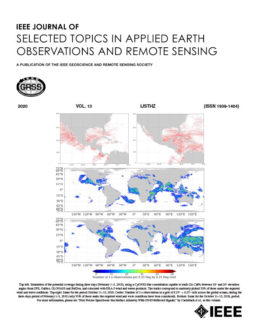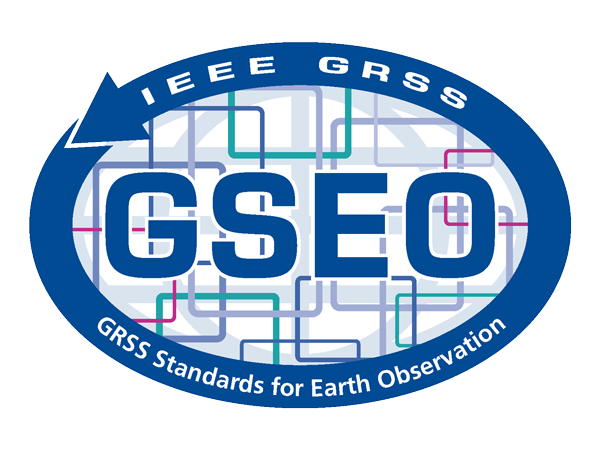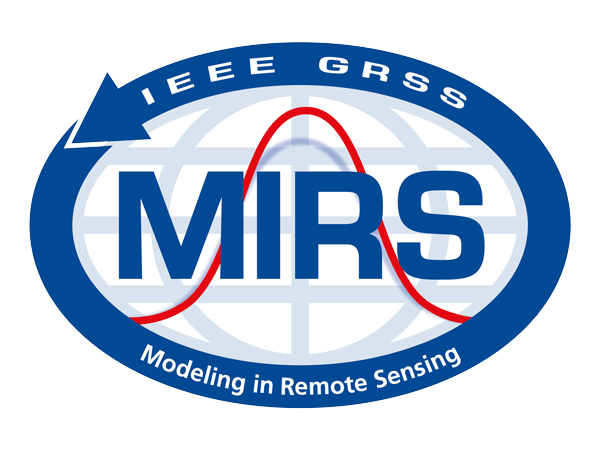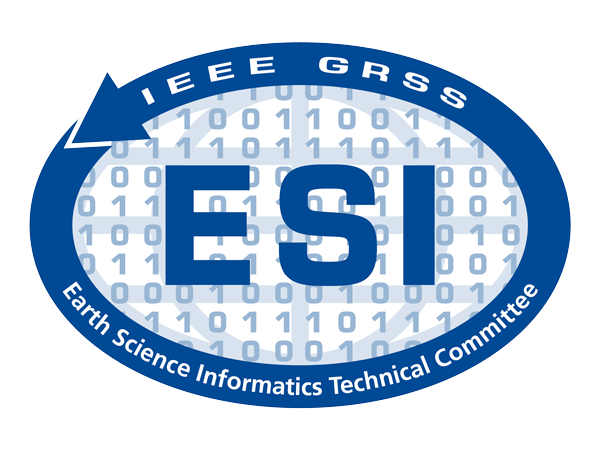Nereida Rodriguez-Alvarez (Senior Member, IEEE) received the B.Sc. and M.Sc. degrees in telecommunications and the Ph.D. degree in remote sensing from the Universitat Politècnica de Catalunya, Barcelona, Spain, in 2005, 2007, and 2011, respectively. She has collaborated with the National Oceanic and Atmospheric Administration (NOAA), Boulder, CO, USA; the Department of Atmospheric Science, Colorado State University, Fort Collins, CO, USA; and Purdue University, West Lafayette, IN, USA, as a Post-Doctoral Researcher. She was a member of the Cyclone Global Navigation Satellite System (CYGNSS) Science Team for three years. She specializes in bistatic radar techniques for Earth sensing using signals of opportunity, specifically through Global Navigation Satellite System-Reflectometry (GNSS-R), and has contributed to the retrieval of land geophysical parameters and ocean surface winds. Nereida joined the Jet Propulsion Laboratory (JPL) in January 2018 as part of the Planetary Radar and Radio Science group. During her time at JPL, she has been involved in both Earth science and planetary radar projects. Regarding her Earth science contributions, Nereida has led scientific research for a JPL Research and Technology Development project focused on using opportunistic GPS reflections from CYGNSS, TDS-1, and the SMAP radar receiver to sense wetlands, polar sea ice, and freeze/thaw states. She has also explored other applications of GNSS-R, such as crop growth monitoring and flood detection/monitoring strategies in urban and agricultural areas. In 2019, Nereida received the NASA Early Career Public Achievement Medal for “the analysis of bistatic radar signals, resulting in major advancements in our understanding of Earth, including wetlands, sea ice, and floods.” In 2021, she was awarded the Charles Elachi Award for “outstanding contributions and exceptional ability in using bistatic radar as an innovative tool for studying Earth’s geophysical processes.” Nereida also secured a SMAP Science Team NASA ROSES proposal, becoming part of the SMAP Science Team and leading the efforts to process and calibrate the bistatic radar dataset collected from the SMAP radar receiver, making it the first spaceborne full polarimetric GNSS-R instrument and obtaining a JPL Voyager Award and JPL Team Award. Under this project, Nereida and her team have highlighted the advantages of polarimetric GNSS-R and provided insights into upcoming polarimetric GNSS-R missions. Additionally, on the planetary side, she has engaged in the Deep Space Network’s (DSN) Goldstone Solar System Radar (GSSR) signal processing activities. Currently, Nereida continues to explore GNSS-R and polarimetric GNSS-R applications in Earth science while expanding her knowledge to planetary science, studying the properties of solar system bodies.





























